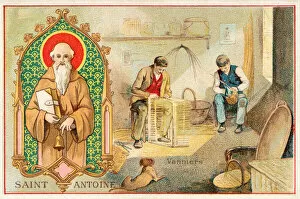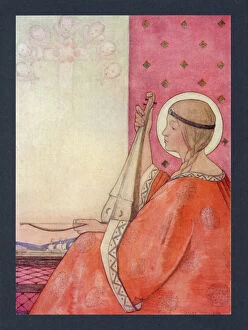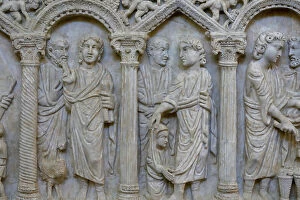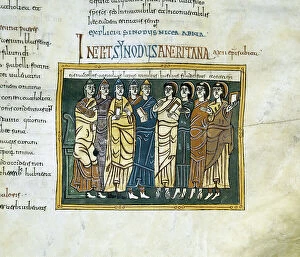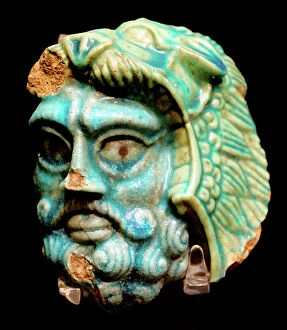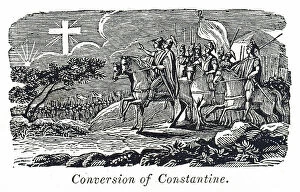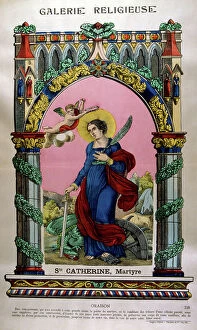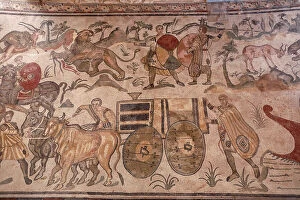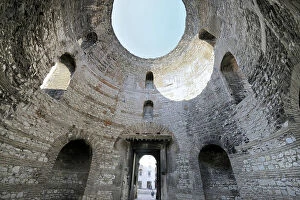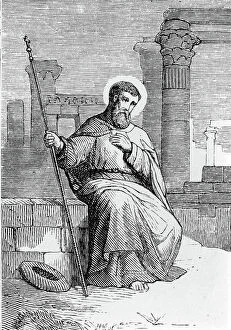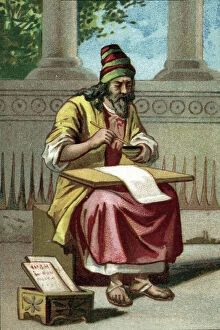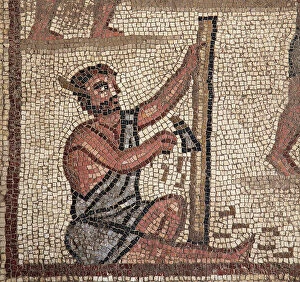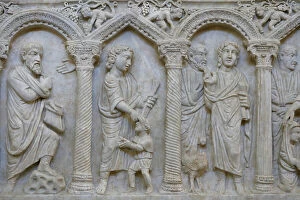Fourth Century Collection
The fourth century was a time of significant historical events and influential figures that shaped the course of civilization
All Professionally Made to Order for Quick Shipping
The fourth century was a time of significant historical events and influential figures that shaped the course of civilization. One such event was the foundation of Constantinople by Emperor Constantine the Great, who transferred the imperial capital to Byzantium and renamed it Constantinople. This move had far-reaching consequences for both political and cultural developments. In this era, we also encounter St. Anthony the Great, revered as the patron saint of basket makers. His life serves as an inspiration for many artisans today. Another prominent figure from this period is Aristotle, whose philosophical teachings continue to influence our understanding of various subjects. Pope Damasus I, who reigned from 305-384 AD, left a lasting impact on Christianity during his papacy. A portrait drawing from "I misteri del vaticano" by Franco Mistrali in 1843 captures his essence and significance within religious history. Roman antiquity witnessed significant moments like the death of Emperor Julian the Apostate (Julian II) at the Battle of Ctesiphon against Sassanid Armees in 363 AD. This event marked a turning point in Roman history and had implications for future power dynamics. Tragic stories also emerged during this time; one example being Agnes of Rome's ordeal when she was brought naked through the streets to a brothel - an incident depicted in "Misteri del Vaticano" by Franco Mistrali in 1866. The clash between church and state is another theme that emerges prominently during this era. The Archbishop St. Ambrose of Milan (Aurelius Ambrosius) refused entry to Roman Emperor Theodosius I (Flavius Theodosius), leading to excommunication - highlighting tensions between religious authority and political power. Portraits capture key figures like Pope Sylvestre I (Silvestre or Sylvester or Silvestro) and Pope Liberius, providing glimpses into their papacies and the influence they wielded during this time.

